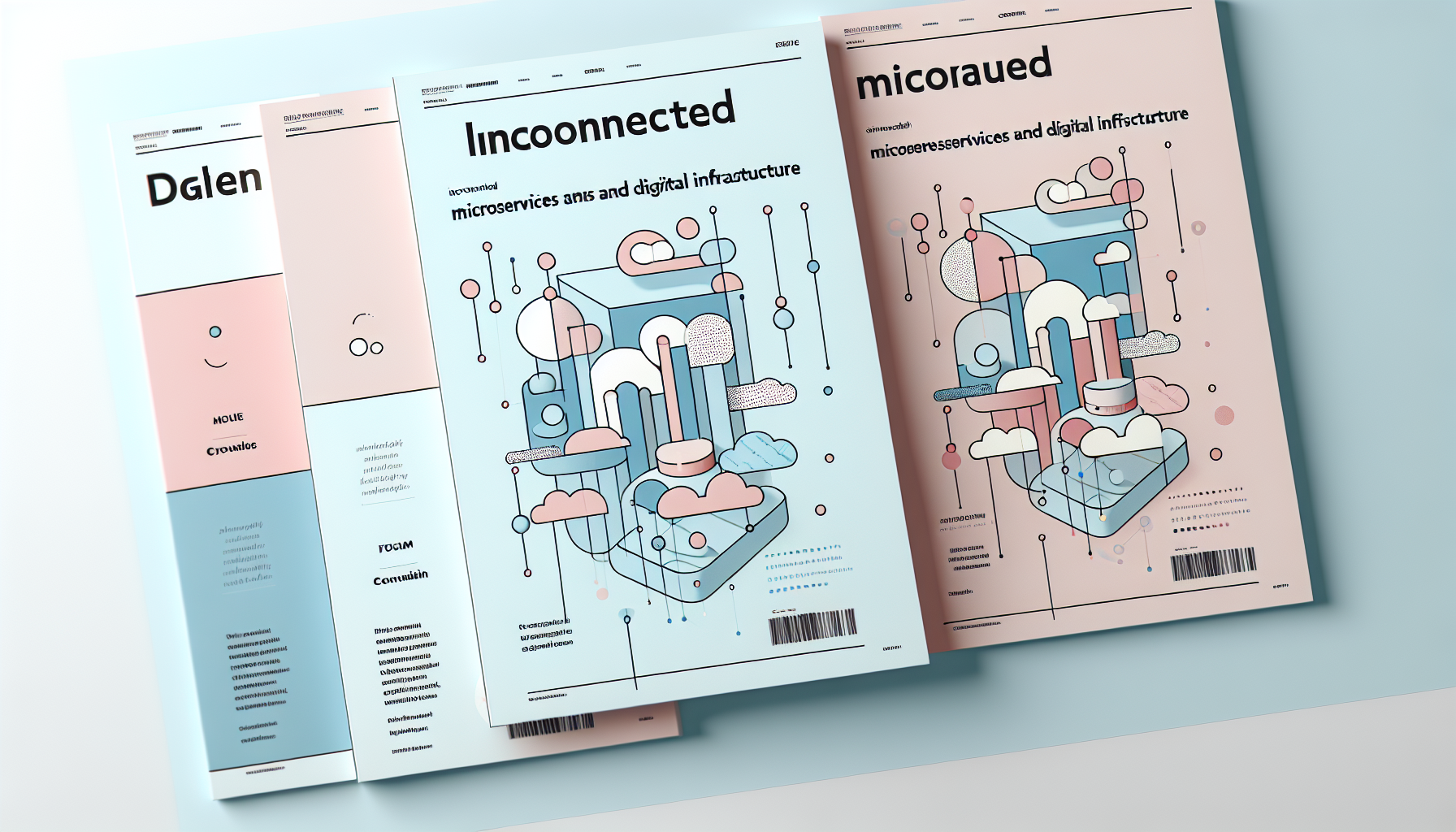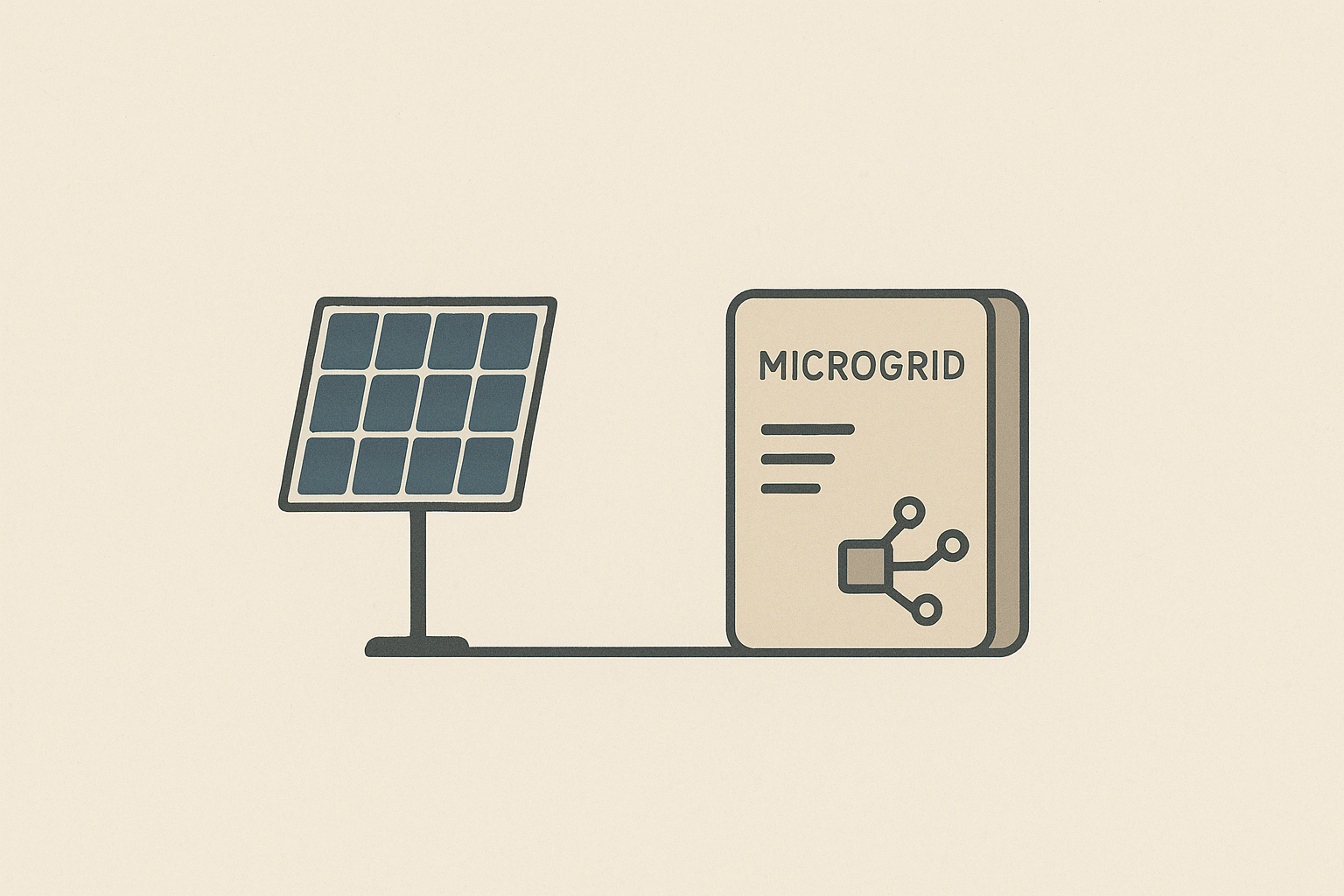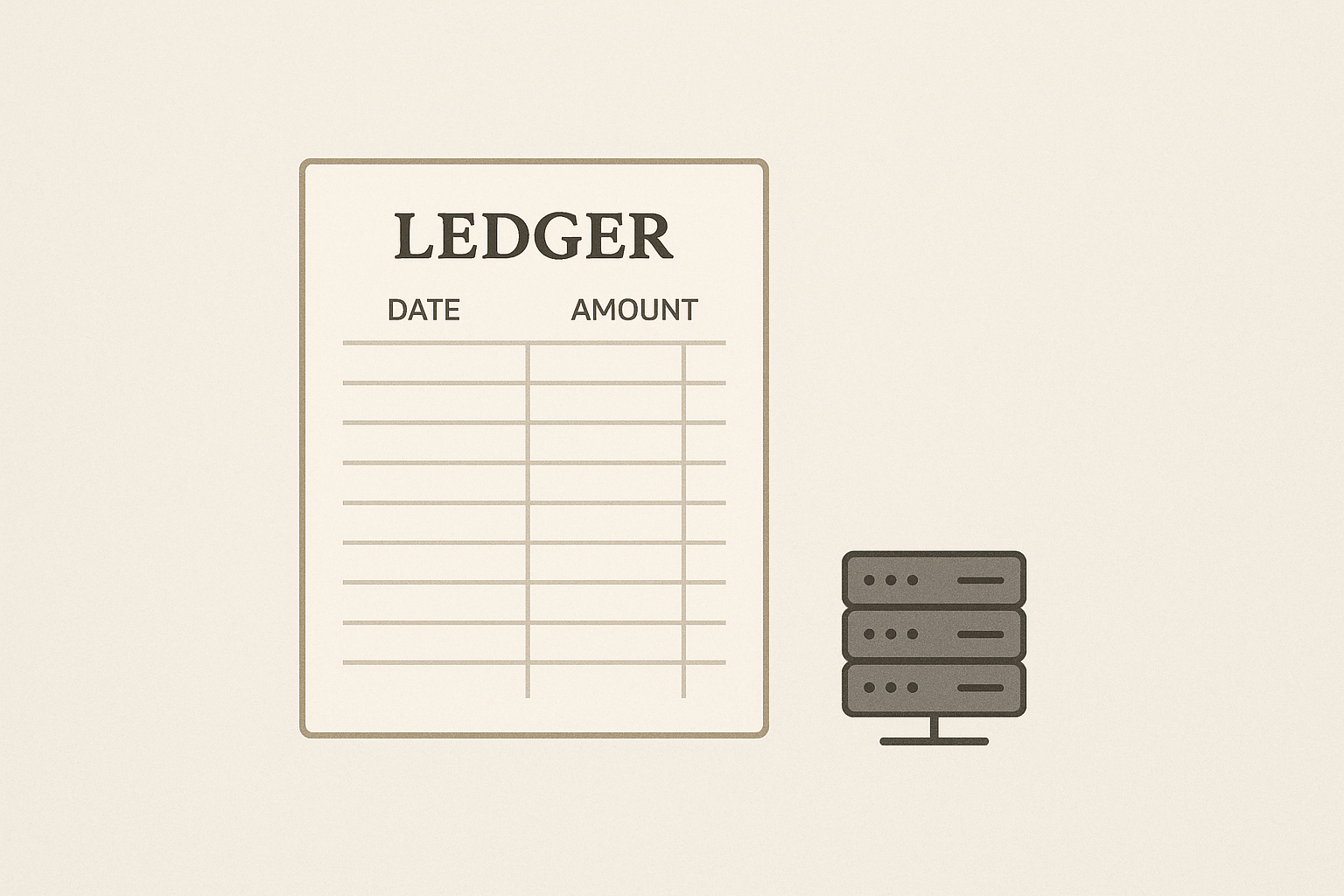Designing Resilient SaaS Architectures for Sustainable Digital Growth
Create SaaS architectures that ensure long-term performance, scalability, and business sustainability.

The Evergreen Challenges in SaaS Growth
In an ever-evolving digital economy, software-as-a-service (SaaS) platforms must be architected for resilience to support sustainable long-term growth. Key challenges include maintaining high availability, scaling efficiently under variable loads, ensuring data integrity, and adapting to shifting market and technology landscapes without costly overhauls.
Solution 1: Modular Microservices with Event-Driven Architecture
Implementing a microservices design aligned with event-driven communication promotes decoupling and scalability. This enables independent deployment and scaling of components, supporting maintenance agility and fault isolation.
Step-by-Step Implementation
- Identify Core Domains: Break down the monolith into bounded contexts aligned with business capabilities.
- Define Event Contracts: Establish clear message schemas for asynchronous event exchanges across services.
- Choose the Technology Stack: Adopt containers (e.g., Docker), orchestration (e.g., Kubernetes), and message brokers (e.g., Apache Kafka).
- Implement Service Mesh: Manage service-to-service communications, security, and observability.
- Automate CI/CD Pipelines: Ensure frequent and safe deployments with rollback capabilities.
// Example: Publishing an event in Node.js using KafkaJSconst { Kafka } = require('kafkajs');const kafka = new Kafka({ clientId: 'payment-service', brokers: ['broker1:9092'] });const producer = kafka.producer();async function publishPaymentProcessedEvent(paymentData) { await producer.connect(); await producer.send({ topic: 'payment-processed', messages: [{ key: paymentData.id, value: JSON.stringify(paymentData) }], }); await producer.disconnect();}Solution 2: Implementing Infrastructure as Code (IaC) with Continuous Monitoring
Adopting Infrastructure as Code and integrating comprehensive monitoring enables platforms to adapt reliably and detect issues proactively, ensuring operational stability over time.
Step-by-Step Implementation
- Choose IaC Tools: Use Terraform or AWS CloudFormation for declarative infrastructure management.
- Define Reusable Modules: Create version-controlled, modular infrastructure components.
- Set Up Monitoring & Alerting: Use Prometheus, Grafana, and cloud-native solutions for metrics and logs.
- Implement Auto-remediation: Develop scripts or use runbooks for automated incident responses.
- Integrate with CI/CD: Validate infrastructure changes via pipelines to prevent configuration drift.
# Example Terraform module snippet for an autoscaling groupresource "aws_autoscaling_group" "app_asg" { name = "app-asg" max_size = 10 min_size = 2 desired_capacity = 3 launch_configuration = aws_launch_configuration.app_lc.name tag { key = "Name" value = "app-instance" propagate_at_launch = true }}Did You Know? Microservices architectures can reduce downtime by isolating failures to individual components rather than entire systems.
Pro Tip: Invest early in automated testing of both application and infrastructure code to catch integration issues before production.Q&A: How do you balance modularity and complexity? Design services with clear boundaries and avoid over-fragmentation to keep operational overhead manageable.
Evening Actionables
- Map your SaaS platform’s business domains and define microservice boundaries.
- Set up a simple Kafka producer-consumer example to understand event-driven communication.
- Start writing Terraform modules for core infrastructure components, version controlling them in Git.
- Implement basic Prometheus monitoring on your services with alerting rules.
For further insights on sustainable frameworks in technology-driven industries, see Building Sustainable AI-Driven Agriculture: Frameworks for Long-Term Food Security, which explores resilience from an agriculture technology perspective.





Comments ()